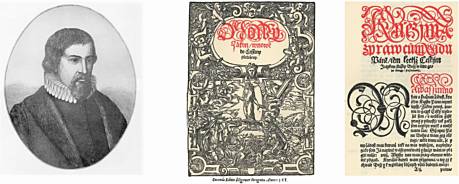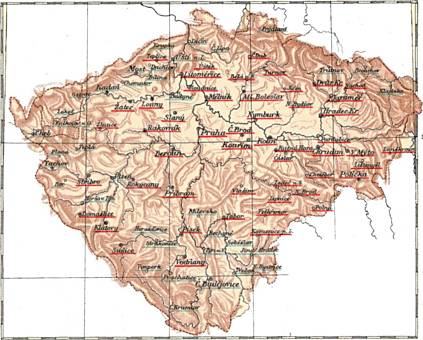Exhibition of the Czech Reformation in the European context
D Land of Both Folk (2nd half of 15th century)
D 1 In the Mark of the Compacts
1. Ruins of the Zion Castle, the last defensive stronghold of the Hussites against the king Sigismund the Luxembourg. After its conquest the defenders were executed in Prague at the three-storey gallows.
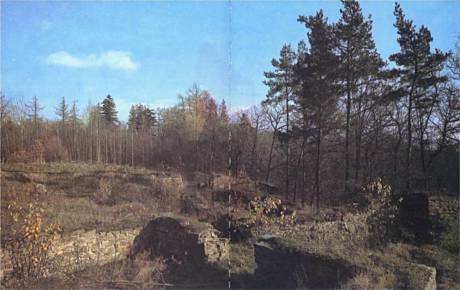
2. Metallic plaque commemorating the most important privilege of the Compacts – serving from the chalice – in Czech and Latin
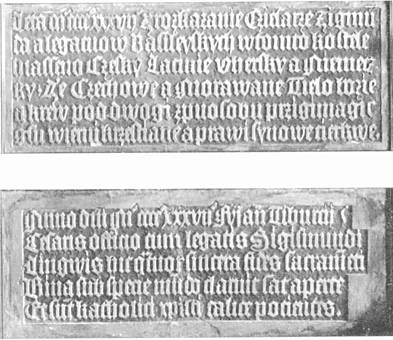
3. Hussite John of Rokycany, elected archbishop of Prague, never confirmed from Rome
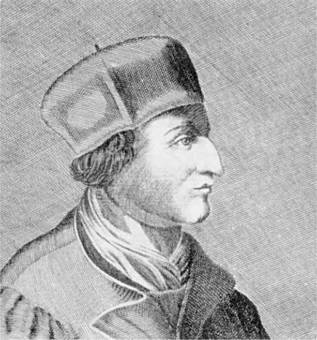
4. John of Rokycany serving from the chalice
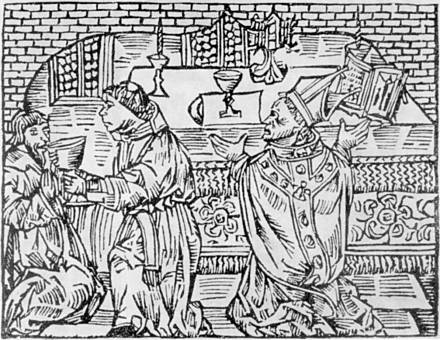
5. Record about conquest of Prague by the Land Governor George of Poděbrady in 1448, when a counter-Hussite coup was brewing
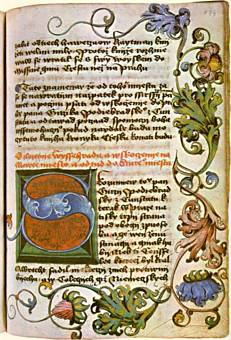
6. George of Poděbrady, elected Czech king (elected in 1458); he was the initiator of the whole-Europe alliance and the first "King of the Both Folk" in Europe.
– Seal of George of Poděbrady
– The Project of the European Kingdoms Union by George of Poděbrady
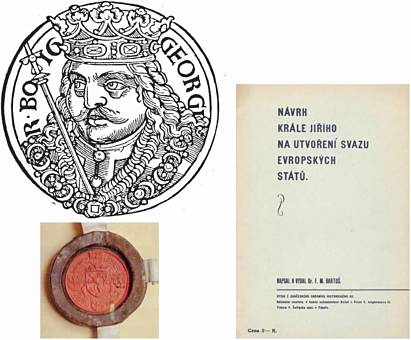
D 2 First Landmark of Plurality in Europe 1485
1. Vladislav Hall at the Prague Castle symbolizes the epoch of rule of Vladislav Jagiello, the successor of the "King of Hussites".
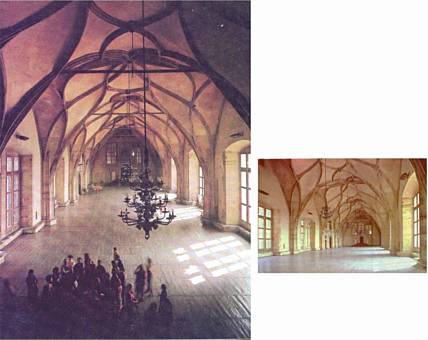
2. The conclusion of the protocol about the death of priest Michal in 1480 – one of the documents of the tough methods of the Jagellon’s politics against Hussites
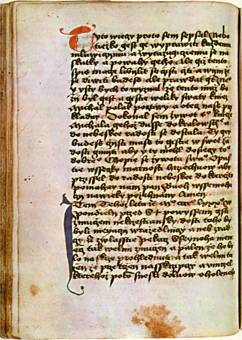
3. Kutná Hora, place, where was in 1485 signed between people in one kind (Roman) and people in both kinds (Hussite) the so called Kutná Hora Treaty, i.e. treatment that for the first time in Europe guaranteed – even for serfs! – mutual respect of conscience freedom

4. Seal of Kutná Hora with Hussites’ chalice from the late 15th century
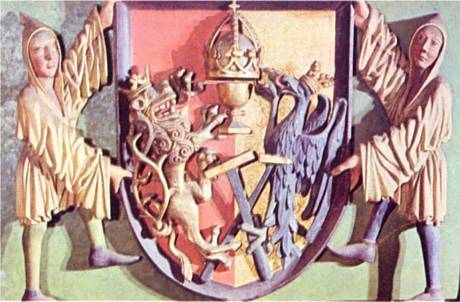
5. Prague in 1493
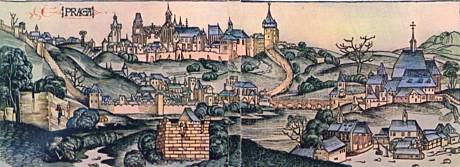
D 3 Unity of Brethren
1. Kunvald – the cradle of the Unity of Brethren from 15th century
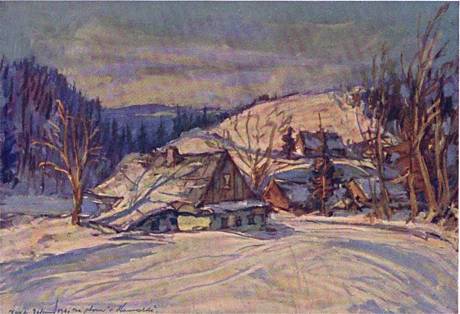
2. Brethren Confession from 1536. The same confession was issued in 1538 in Wittenberg, where Brethren are called the Waldensians or Pikharts. Naturally, they are John Huss’ doctrines successors.
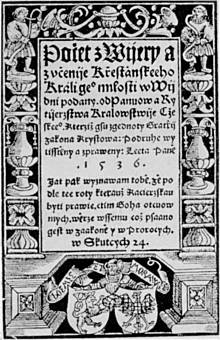
3. One of the most beautiful Brethren prints from 1523 "On Penance". On the title page there appear the so often used words: "Veritas odium parit, veritas vincit" (the Truth causes hate, the truth wins).
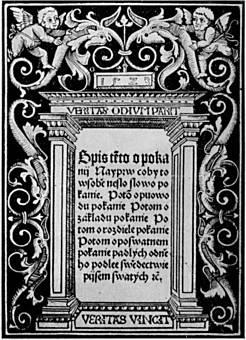
4. The journey from Bohemia to Jerusalem and Egypt of Martin Kabátník from Litomyšl in 1539. The proof about intensive seeking of Brethren for the shape of Church in the pre-Constantine period.
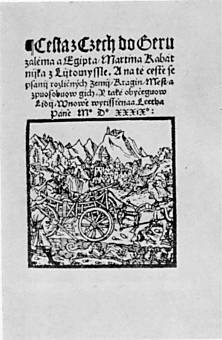
5. Acta Unitatis fratrum – important source of the history of the original Unity of Brethren
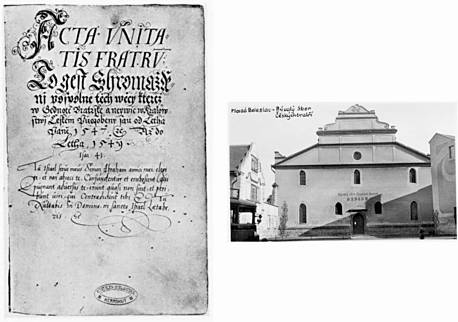
6. Jan Blahoslav, translator of the New Testament
– Title page of the New Testament, second edition 1568
